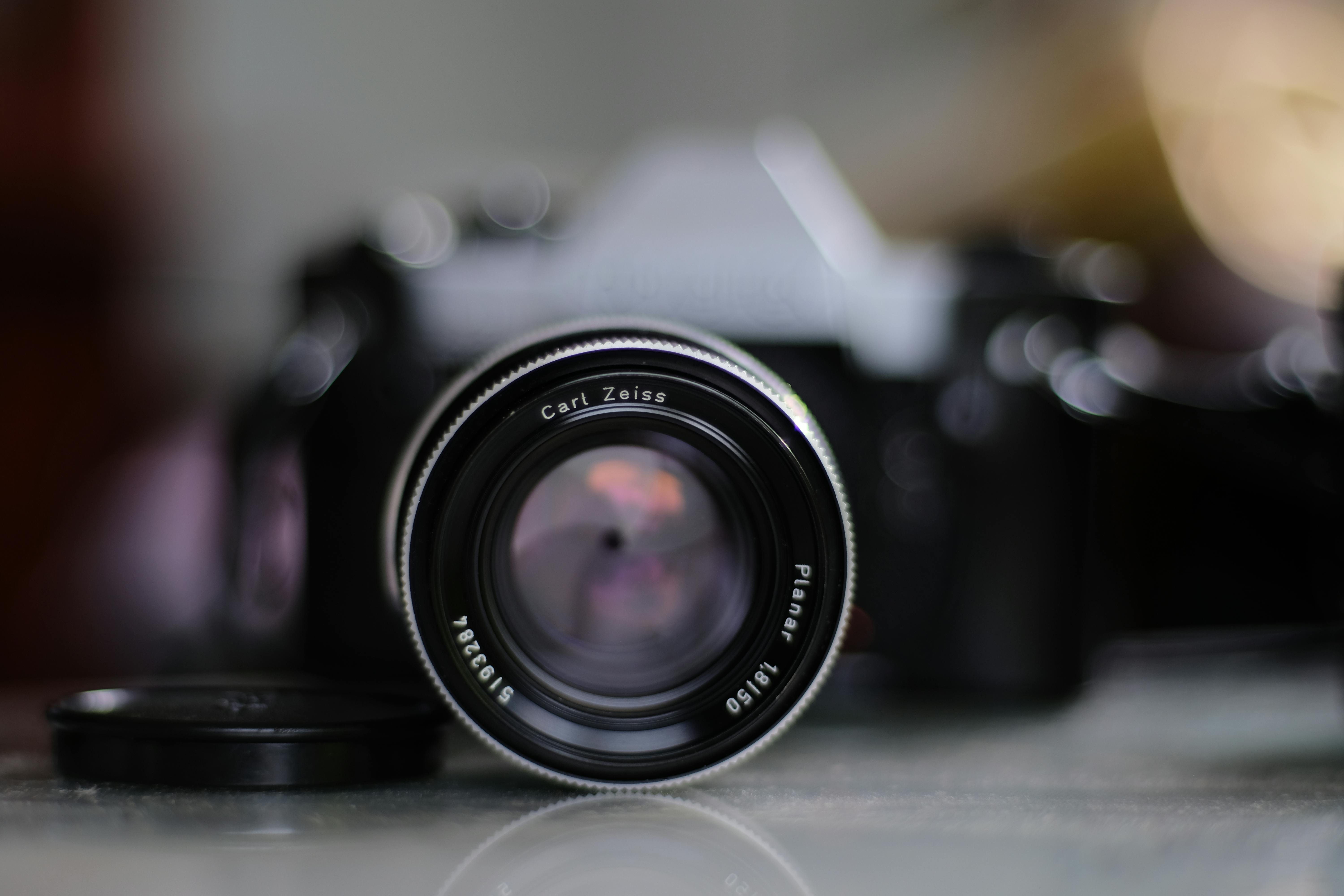Reasons Why Professional Photographers Should Switch to Mirrorless Cameras
The world of photography is continuously evolving, with technological advancements pushing the boundaries of what is possible. For professional photographers, staying at the forefront of these changes is not just a choice but a necessity. One of the most significant shifts in recent years has been the move from DSLR to mirrorless cameras. So, why switch to mirrorless cameras? From their compact size to their advanced technological features, mirrorless cameras offer a range of benefits that can enhance your photography experience. Let's delve deeper into the reasons why you should consider making the switch.

The Weight Advantage: Lighter and More Compact
One of the foremost benefits of switching to a mirrorless camera is the weight advantage. With no mirror mechanism inside, these cameras are generally lighter and more compact than their DSLR counterparts. This difference can be a game-changer for professional photographers who often carry multiple cameras and lenses during shoots. The reduced weight and size mean you can move more freely and comfortably, whether you're capturing a wedding or trekking through rugged landscapes. Additionally, the compact size can make mirrorless cameras less intimidating to subjects, resulting in more natural photos.
Advanced Autofocus Systems
Another compelling reason to switch is the advanced autofocus (AF) system that most mirrorless cameras offer. Many models come equipped with phase detection and contrast detection AF systems, providing quick and accurate focusing. These advanced AF systems are not only faster but also more reliable in low-light conditions, ensuring you capture crisp images every time. Plus, with features like eye-tracking and subject recognition, mirrorless cameras can make it easier to keep moving subjects in perfect focus.

High-Resolution Electronic Viewfinders
One of the standout features of mirrorless cameras is the electronic viewfinder (EVF). Unlike optical viewfinders found in DSLRs, EVFs can display real-time exposure and color settings, allowing you to see exactly what your final image will look like. This feature can save you a lot of time in post-processing, as you'll be able to make adjustments on the go. Moreover, EVFs often come with additional information overlays, such as histograms and focus peaking, which can help you take meticulously composed shots.
Continuous Live View
DSLRs require the mirror to be flipped up to enable live view, which can make continuously viewing the scene through the lens a bit clunky. Mirrorless cameras, on the other hand, offer a seamless live view experience. This is particularly useful for video recording, where continuous live monitoring of the scene is essential.

Faster and Silent Shutter Speeds
Another advantage is the faster shutter speeds that mirrorless cameras can achieve. Without a mirror to flip up, these cameras can take multiple shots in rapid succession without the lag time seen in DSLRs. They are also much quieter, making them ideal for settings where silence is crucial, such as during wildlife photography or indoor events.
Comprehensive Lens Selection
Many photographers hesitate to switch to mirrorless due to concerns about lens availability. However, the lens selection for mirrorless cameras has grown significantly. Many major brands offer extensive lens options that cater to a wide range of photography styles and needs. Additionally, adapters can be used to fit your existing DSLR lenses to a mirrorless body, allowing for a smoother transition.

Battery Life Improvements
In the past, one of the drawbacks of mirrorless cameras was their relatively short battery life. However, recent advancements have significantly improved their efficiency. Modern mirrorless cameras come with larger batteries and better power-saving features, making them just as reliable as DSLRs for extended shoots. Carrying an extra battery or two can also easily solve this issue.
Durability and Build Quality
Durability is another area where mirrorless cameras shine. Many models are built with robust materials and weather-sealing features, making them suitable for all kinds of shooting conditions. Whether you're braving a dusty desert or a rainy photoshoot, a durable mirrorless camera can withstand these challenges.
Cost-Effectiveness Over Time
While the initial investment in a high-quality mirrorless camera might be higher compared to some DSLR options, the long-term benefits can make it a cost-effective choice. The compact and lightweight design means less wear and tear on your body, potentially saving you on medical costs in the long run. Furthermore, the advanced features can reduce the time spent in post-processing, allowing you to take on more assignments and increase your earning potential.
Future-Proofing Your Photography Gear
Switching to mirrorless technology is also about future-proofing your gear. As more manufacturers focus their research and development on mirrorless systems, we can expect to see more innovative features and improvements that may not be available in DSLR lines. By making the switch now, you're positioning yourself to take full advantage of these advancements.
For more in-depth information about what mirrorless camera technology is, you can check here.
FAQs
Are mirrorless cameras better for video?
Yes, mirrorless cameras often come with superior video capabilities compared to DSLRs. Features like continuous live view, excellent autofocus, and advanced video settings make them highly suitable for videography.
Can I use my DSLR lenses on a mirrorless camera?
In most cases, yes. Adapters are available that allow you to use your existing DSLR lenses with a mirrorless camera body. This can make the transition smoother and more cost-effective.
Is the battery life of mirrorless cameras still an issue?
While early models had shorter battery lives, recent advancements have significantly improved their efficiency. Additionally, carrying extra batteries can ensure you have enough power for extended shoots.
As an Amazon Associate, I earn from qualifying purchases.

